Today, the agriculture industry is one of the largest emitters of CO2. When combined with forestry, agriculture makes up a third of all human-made greenhouse gas emissions. But thankfully, regenerative agriculture is one option we have to begin reversing that statistic.
What is regenerative agriculture? Regenerative agriculture is a collection of farming practices that help to sequester carbon, improve soil quality, reduce erosion and runoff, and generally offer a more sustainable way of growing food.
In this article, you’ll learn what the benefits of regenerative agriculture are, as well as examples of regenerative agriculture practices that farmers are already using today.
What Is Regenerative Agriculture?
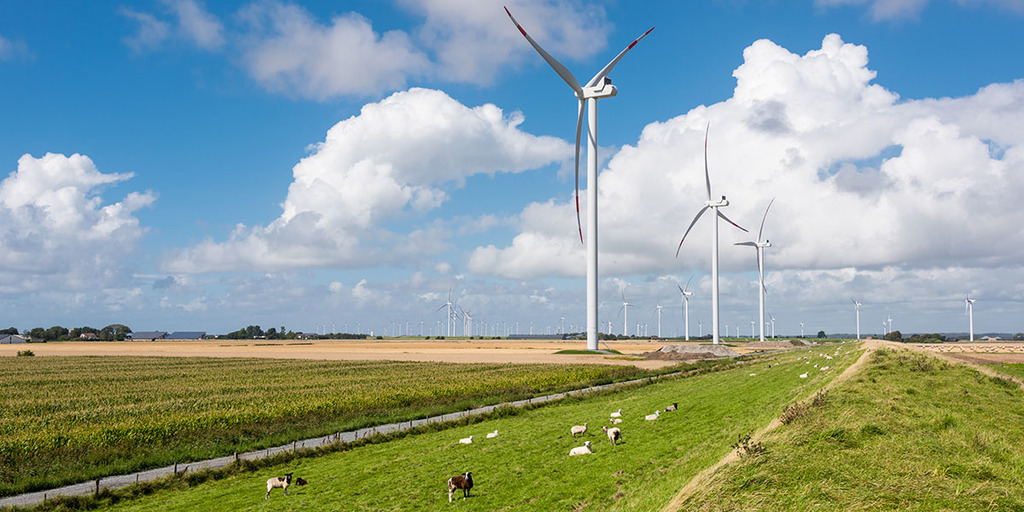
Regenerative agriculture is a more holistic approach to agriculture than conventional farming. It focuses on improving soil quality and adding more organic life back to the soil.
Low soil quality is leading to a reduced amount of arable topsoil on farms all around the world.
Conventional farming practices like tilling, carbon mining, and applying salt-based fertilizers and other chemicals can lead to runoff and soil erosion, which robs the land of its resources.
Besides just helping farmers to improve their soil quality, regenerative agriculture also has the ability to create carbon sinks in the soil, to help remove excess carbon from the atmosphere, which contributes to climate change.
Sometimes this subsection of regenerative agriculture is specifically referred to as carbon farming when that’s the primary goal.
There are a number of different farming and grazing practices that qualify as regenerative agriculture, which we’ll discuss later in this article.
But the basic idea is that farmers can leverage the photosynthesis of plants to increase nutrient density and improve soil health by increasing organic matter, make crops more resilient, and help to close the carbon cycle.
An additional side effect of regenerative agriculture is improving the water cycle by increasing the water holding capacity of the land.
A practice may be considered regenerative agriculture if it does the following things:
- Increases the resiliency and biodiversity of an ecosystem;
- Improves water retention and percolation, and makes water runoff safer and cleaner;
- Builds soil health and quality;
- Doesn’t just avoid harming to the land, but actually helps to reverse; or offset the carbon emissions of traditional agriculture practices;
- Works with whole systems, instead of just isolated parts;
Regenerative agriculture is a must, if we want to continue providing enough food to support the world, but do it in a more safe and sustainable way that minimizes carbon pollution.
Why Use Regenerative Agriculture? (The Benefits)
Regenerative agriculture has a number of benefits, so there are lots of great reasons for farmers to make the switch if they haven’t already.
Here are some great reasons to switch from conventional farming to regenerative agriculture.
1. It Keeps Soil Healthy
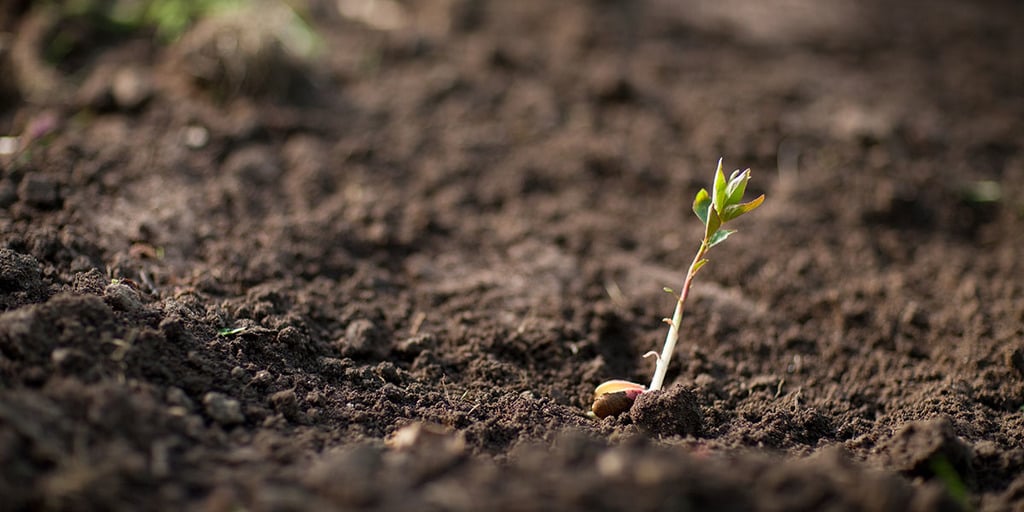
Soil is a vital resource that people don’t give enough credit to. The vast majority of the food that we eat comes from the soil in some form or another.
Whether that’s crops that are raised for human consumption, or plants used to feed livestock, which are then eaten.
That includes basically everything you eat except for seafood. Soil is a critical part of the food chain for all land animals, including humans.
Erosion, desertification, chemical pollution, and decarbonization all make it harder for farmers to grow food.
It’s believed that within the next 50 years, if we don’t change current agriculture practices, food quality could greatly decrease in terms of nutrition and trace minerals. This could have a huge impact on public health.
If the trend continues, we may eventually not have enough arable topsoil left to feed ourselves sustainably.
It might sound like just hyperbole, but if we continue on this trajectory, our current farming practices could threaten our species as a whole.
Regenerative agriculture helps to create drought-resistant soil through the addition of organic matter, which increases the holding capacity of the land.
2. Get Better Yields

In the face of climate change and extreme weather, regenerative farms tend to have better yields than conventional farms.
Small farms today are already currently feeding the world on less than a quarter of all available farmland.
If you can produce the same amount of food and profits, but do it in a more sustainable way, it seems like a no-brainer!
3. Help Fight Climate Change
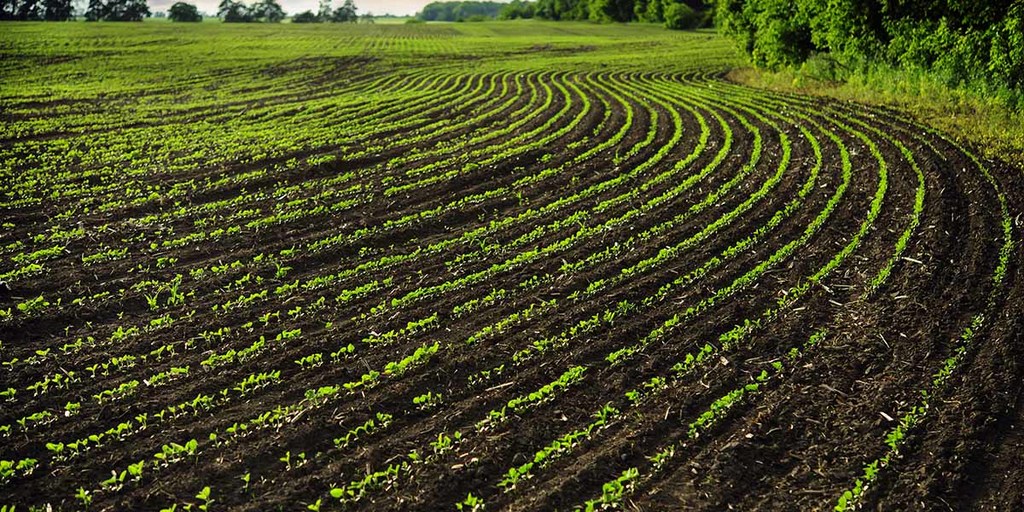
While current efforts to reduce climate change emissions is a start, it might not be itself to reverse projected rises in global temperatures by itself.
Instead, we need to also start capturing carbon from the atmosphere and sequestering it back into the Earth.
That way we will actually be helping to reverse the damage of climate change, instead of just halting it at its current point.
Climate change sometimes seems like a far-off thing that isn’t a real priority.
But the truth is that if we don’t make a change, farming simply won’t be possible in many parts of the world where it’s done today.
While you might not feel the impacts in your lifetime, your children or grandchildren certainly will!
4. Improves Biodiversity

Regenerative agriculture practices can help improve the biodiversity of an ecosystem. Generally the more biodiversity you can have in an area and the closer it mimics nature, the more resilient it will be.
Diversifying the pollinators, wildlife, crop varieties, and livestock on a farm, you create an environment that’s less susceptible to pests, disease, and climate change.
Livestock adds biomaterial to the soil, enriching it in the process. Pollinators like bees help to increase crop yield.
Having insect-eating wildlife living in the ecosystem helps reduce pests and disease.
And having a large crop variety means a more diversified source of income, and less risk of financial problems if one particular crop fails to perform in a given year.
5. Helps Local Economies
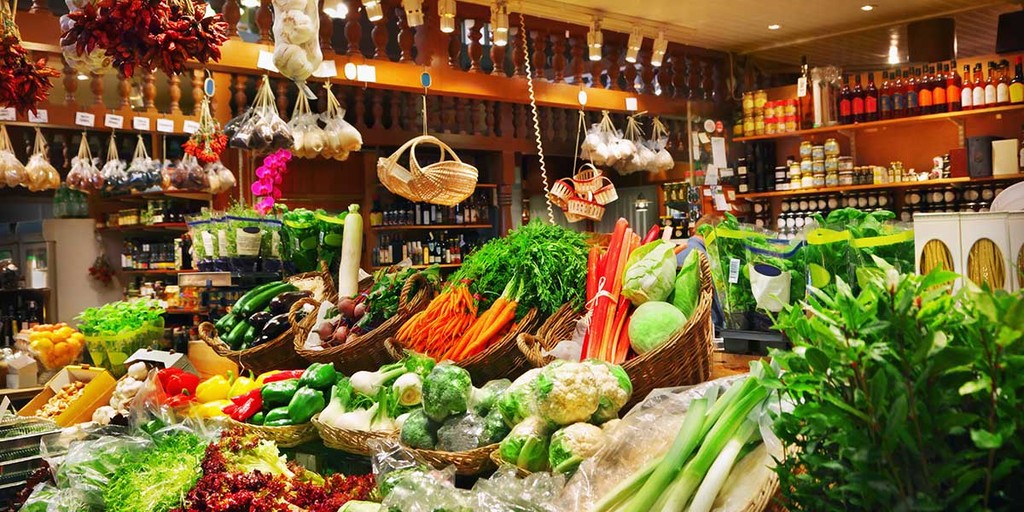
Regenerative agriculture gives smaller local farms a chance to boost their local economy. People value being able to buy organic, sustainable food that helps improve the environment instead of destroying it.
Regenerative agriculture can also help to understand and preserve some indigenous farming systems that may otherwise be phased out in favor of conventional farming techniques.
Large industrial farms make it hard for smaller family-run farms to compete. But regenerative agriculture gives a chance to level the playing field.
For developing countries and communities, regenerative agriculture gives the ability to be self-sufficient, without the need for outside aid or assistance.
- Read more about starting a market garden and improve your community.
6. More Nutritious Food

A greater number of people are starting to realize that a tomato isn’t just a tomato, no matter where it comes from. How a particular crop is grown can wildly influence the nutritional profile of it.
As people become aware of this, many are becoming more conscious of where their food comes from, and switching to foods grown in a manner where they are more full of vitamins and trace minerals than conventional produce.
All while reducing the need for expensive and potentially harmful chemical inputs.
Regenerative agriculture helps to produce the highest-quality food available for your family and your community.
Examples of Regenerative Agriculture
If you’re still not quite sure what regenerative agriculture would actually look like in practice, here are some examples of regenerative agriculture practices.
1. No-Till / Minimum Till Farming
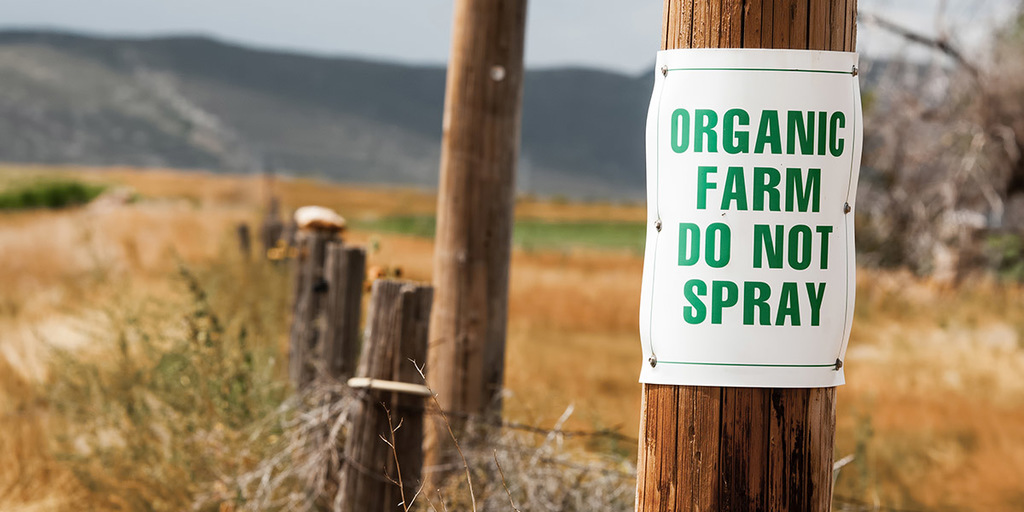
The tilling of conventional farming breaks up soil and mycelial communities, while also emitting CO2 into the atmosphere and adding excess oxygen to the soil.
It’s one of the biggest things that leads to carbon loss and soil erosion of any farming practice.
It can also lead to soil capping, where soil gets packed down so water can’t move through it as easily. This leads to more water runoff as well.
No-till farming and minimum till farming (sometimes referred to as conservation tilling) are techniques that don’t involve breaking up the soil every season.
This helps improve soil quality, water retention, and prevents carbon from leaving the soil.
Some soil and particular crops benefit from periodically having the soil broken apart to increase root zones, but in most cases trying to minimize tilling should be a goal.
2. Permaculture Design
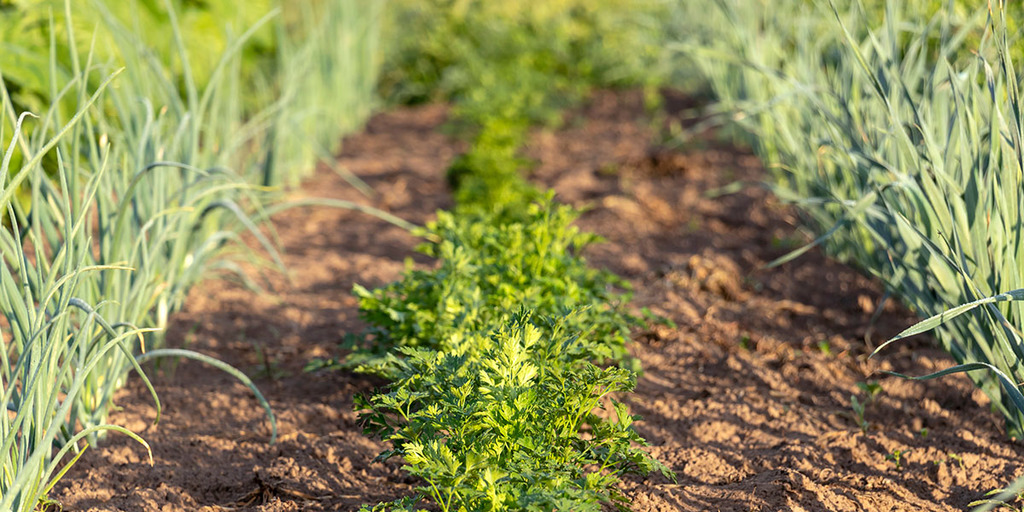
Permaculture is a design science, as well as a philosophy and whole way of life. It’s about whole systems thinking, observing natural ecosystems and using or simulating them, and other principles.
Basically, it’s landscape design that also takes ecology into account, instead of specifically doing what is best for agriculture.
As a result, permaculture systems tend to end up being more efficient and productive than conventional farms, but also have better water cycles and ecosystems, and are more sustainable.
- Learn more about How To Start A Permaculture Garden Guide or read our list of The Best Permaculture Books.
3. Organic Farming Practices
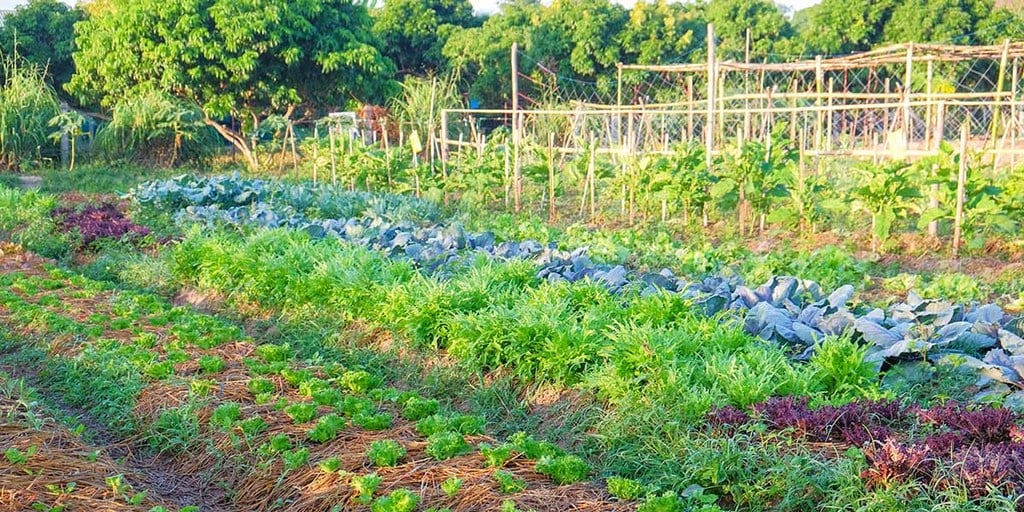
There’s a lot of debate between people about what does and doesn’t count as organic farming.
But most commonly people associate it as farming without the use of chemical fertilizers or pesticides for crops, or antibiotics and growth hormones for livestock.
As well as a move away from the use of genetically modified organisms.
There tends to also be a lot of overlap between organic farming and regenerative agriculture.
Most organic farmers also strive to protect the environment, decrease pollution, minimize soil erosion and degradation, and other similar goals.
- Learn what agroecology is, some of the different approaches to agroecology, its benefits, and more.
4. Composting
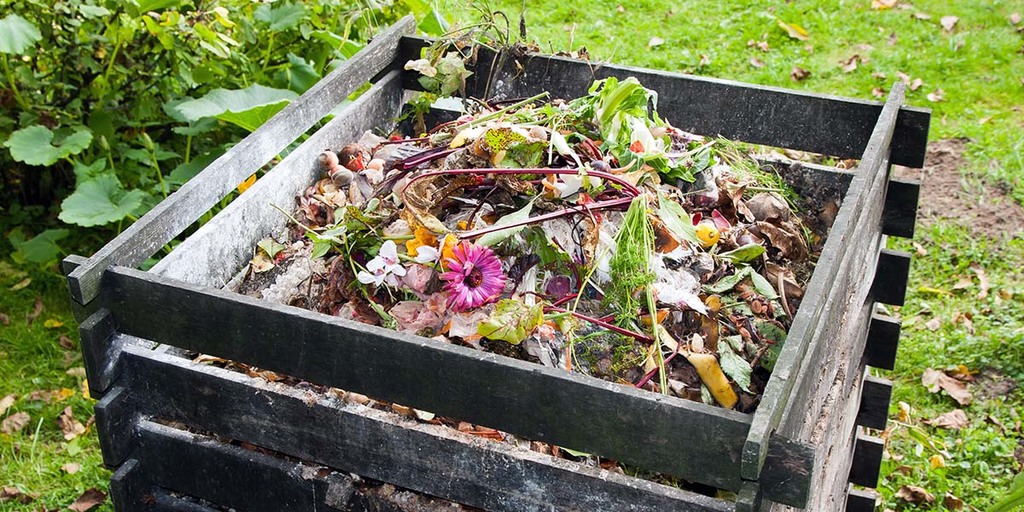
When we think of composting, we usually imagine it being done by homeowners in their backyards on a smaller scale. But composting can also be done on a larger scale by farmers.
Some regenerative agriculturists also make use of compost tea. This is a liquid extracted from compost using a brewing process.
Compost tea is a liquid that contains most or all of the bacteria, nematodes, fungi, and other beneficial organisms that are found in compost, but can be more easily applied to crops.
5. Biochar

Biochar is charcoal that’s made from plant matter, and then stored in the soil. It’s both a soil amendment which makes for healthy soil, and also a way of sequestering carbon back into the soil at the same time.
Biochar is made using a process called pyrolysis, which is burning biomass at high temperatures in the absence of oxygen. Once it’s in the soil, biomass can stay there and keep carbon contained for thousands of years.
An indigenous type of biochar is called terra preta, or Amazonian dark earth, and is made by mixing charcoal into soil along with broken pottery, manure, compost, and bones.
6. Ecological Aquaculture

Aquaculture is the farming of fish, aquatic plants, algae, mollusks, crustaceans, and other forms of underwater life.
As opposed to commercial fishing where resources are just harvested from the wild, aquafarming includes stocking fish in a more sustainable manner.
Not all aquaculture is better for the environment by default. In fact, some aquaculture can be harmful to existing ecosystems if it’s not practiced properly.
However, responsible aquaculture has ecological benefits.
Shellfish farming adds more filter feeders to the environment, which can drastically improve water quality in an area.
Algae is taken out of the water by shellfish which also increases light penetration and allows underwater plants to grow more easily, which adds more oxygen to the water.
7. Silvopasture
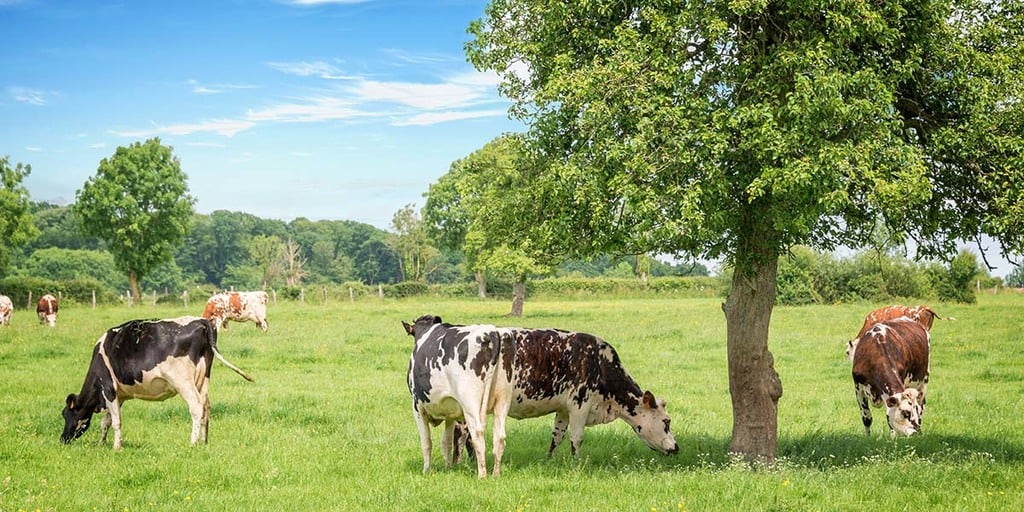
Silvopasture is intentionally combining livestock, forage plants, and trees into a single ecosystem. Combining trees with conventional livestock grazing has a number of benefits.
For example, animals are better protected from the weather by trees, and trees can be selected which produce a profitable crop of their own. In turn, the animals fertilize the soil and improve production of the trees.
Silvopasture is just one part of a whole larger land use management system called agroforestry.
- Read the Agroforestry Ultimate Guide and Examples to learn what agroforestry is, what its benefits are, its history, and more.
8. Crop Rotation
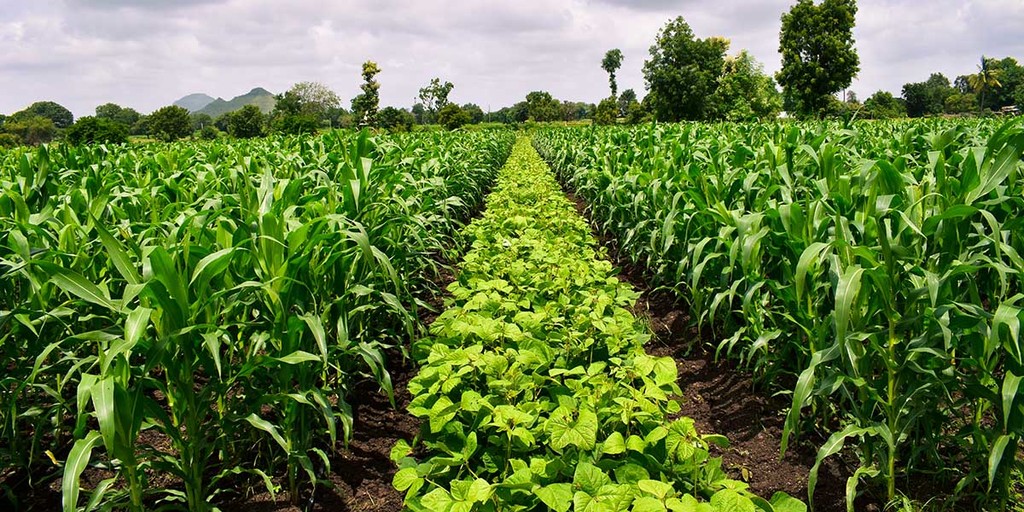
Growing monocultures, which are entire fields of a single crop like corn, wheat, or soybeans, isn’t ideal.
But if you are going to practice this type of conventional farming, you can limit the amount of damage done in terms of soil erosion and nutrient loss by practicing crop rotation.
Crop rotation is growing a series of different crops on the same piece of land over the course of several seasons. You want to select crops that have different nutrient requirements in a way that compliments each other.
For example, one season if you grow a crop that heavily consumes nitrogen, then you’ll want to grow a nitrogen-fixing crop that adds the lost nutrients back to the soil next season.
Typically crop rotation involves a more profitable cash crop, as well as fodder or grazing crops.
- Learn more about most profitable crops to grow in your garden.
9. Increasing Diversity (Polyculture)

Even better than crop rotation, is simply to grow a wide variety of different plants on your land all of the time.
Different plants will release different nutrients and carbohydrates through their roots, and various kinds of microbes or fungi may grow better on a particular type of plant’s roots.
Increasing the biological diversity of your fields helps to create a more nutrient-dense and more varied soil, which means your crops will be more productive in terms of yield as well.
10. Cover Crops
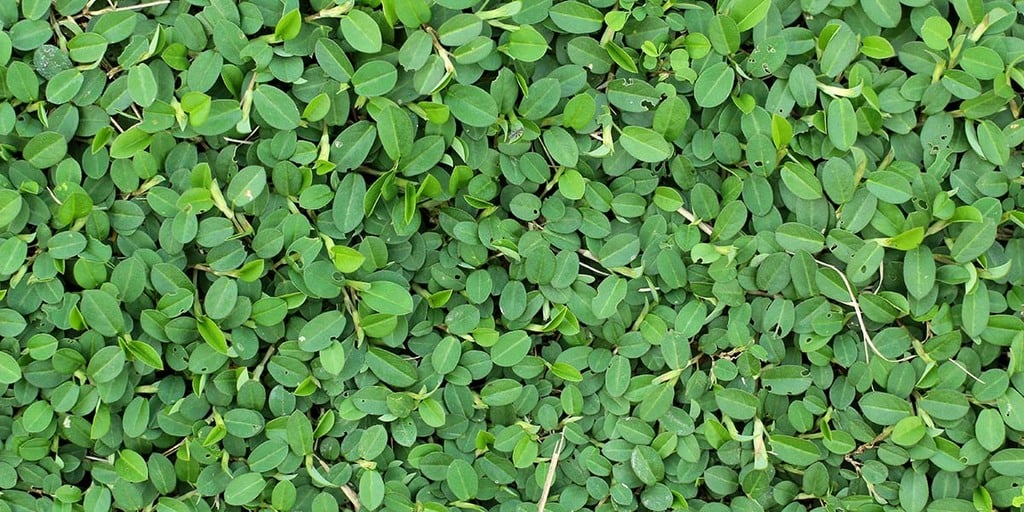
Cover crops are planted simply to cover the soil, rather than to be harvested.
They reduce the amount of water that runs off a field, reduce erosion, and help break disease cycles by reducing plant-specific fungal and bacterial infections that can build up in the soil.
Planting cover crops is particularly useful over the winter, instead of leaving bare soil exposed to the wind and elements.
When it’s time to plant another crop, cover crops will get mulched and turned in to the soil, providing more nutrients as well. Common cover crops include clover, sorghum, buckwheat, and rye.
11. Holistic Management
Various different aspects of regenerative agriculture tend to have a common theme of holistic management.
This means that decisions are made based on what’s best for the overall system, instead of focusing on yield or productivity at the cost of making other negative tradeoffs.
If you want your farming practices to be sustainable, you need to consider all of the possible environmental, financial, and social implications of your practices.
12. Growing Perennial Crops

Perennial crops grow back year after year. That means they’ve got living roots in the soil all of the time, which helps to prevent soil from getting compacted or eroded, and helps to feed the soil food web.
The roots of perennial plants can grow deeper over the course of several years, more than any annual crop can in a single season. That means perennials can access water and nutrients that are stored much deeper underground.
Larger perennials that grow as trees, shrubs, or bushes help to provide habitat for wildlife, act as windbreaks, and moderate temperature to create microclimates.
Some examples of perennial crops include fruit and nut trees, raspberries and blueberries, rhubarb, and asparagus.
Myths About Regenerative Agriculture

There are a number of reasons why farmers may want to stick with conventional farming practices, instead of switching to regenerative agriculture, permaculture, and other more sustainable systems.
Myth #1 – Regenerative Agriculture Isn’t As Efficient
Streamlining farming and doing it at large scale must necessarily produce more efficiency, right? Not necessarily.
While it’s true that lots of industrial processes get more efficiency when done at large scale, because the amount of input needed per unit of production is lowered, this isn’t really the case for farming.
It has been shown that regenerative agriculture and other alternative systems for farming almost always use less fertilizers, chemical pesticides, and antibiotics than conventional farming does.
The World Bank recommends small farms, and states that both smallholder and large-scale agriculture are necessary to feed the world. It suggests small farms as a way of increasing food output in developing countries.
While big farms are great at producing large amounts of a single crop like wheat, it’s small farms that are better at producing a diversified variety of food, and more food per hectare overall.
Myth #2 – We Can’t Feed The World Without Conventional Farming
Some people claim that regenerative farming has lower yields, and that we would never be able to feed the entire world without the continued use of conventional farming.
Some studies have found that organic food production gives almost 20% less yield than conventionally grown crops.
However, a larger agricultural census report in 1992 showed that smaller and more diversified farms produce more than twice as much food per hectare than big conventional farms do.
Around the world, over 75% of food is already grown on smaller family farms, 2.5 acres or smaller, according to the UN Food and Agriculture Organization.
Of course, commercial agriculture is necessary, because not everyone is going to be willing or able to grow their own food. But there are better options available than large industrial farms.
We also need to keep in mind that about 25% of all food in the world is thrown away without ever being eaten. In the United States alone, about 130 billion pounds of food is thrown away each year. That’s enough to feed about 50 million people.
So even if regenerative agriculture did turn out to have lower yields than conventional farming, there are other areas where we can make up for any losses.
How Can I Support Regenerative Agriculture?

If you’re interested in supporting regenerative agriculture, there are several things that you can do. Even if you aren’t a farmer yourself.
You can start by supporting farmers who use regenerative agriculture by shopping locally at your farmer’s market and supporting them.
Talk with various farmers at your farmer’s market and ask questions about what they’re doing to improve soil quality, if they till the land, if they use cover crops, compost, or use chemical fertilizers and pesticides.
By asking specific questions, you can get a very good understanding about what they’re doing to farm sustainably and help the environment. Then you can decide if it’s a business you want to support!
If you’re not able to shop at a local farmer’s market or co-op, then the next best thing is likely to buy locally grown produce.
Depending on where you live and what crop it is, it may or may not have been grown using regenerative agriculture. But there’s probably a higher chance that it was grown on a smaller and more local farm.
At the very least, it will have a smaller carbon footprint since your food hasn’t been transported as far across the country or entire world.
Unfortunately, if you really care about the environment, that might mean sacrificing some things that can’t be grown locally like bananas.
If you have a garden of your own, you can get involved with using regenerative agriculture practices yourself.
Then you can make a small impact, and also be a way to show the power of regenerative agriculture to neighbors and friends.
You can also look into starting up a community garden based on regenerative agriculture practices.
Not only are you doing your part for the environment, but you’re going to get food that’s likely fresher and more delicious and nutritious than anything you can buy in a store.
Lastly, you can write to the companies that make some of your favorite foods and ask them to make regenerative agriculture a priority when it comes to sourcing their ingredients.
We vote with our wallets, and letting big companies know that there’s a demand for regenerative agriculture practices makes it more likely to happen. If you don’t ask for it, they won’t know.
History of Regenerative Agriculture

Like a lot of sustainable agriculture practices, regenerative agriculture goes back as far as aboriginal and native populations.
Tribes in the Amazon have used techniques like adding biochar to their otherwise infertile soil to create land that’s great for growing all kinds of plants.
Native populations often saw the importance of maintaining and improving soil quality so that the land could be benefited from for decades to come.
Since regenerative agriculture is such a broad topic that includes things like composting, reduced tillage, crop rotation, and maintaining biodiversity, it’s hard to say exactly when regenerative agriculture as a whole began.
It seems pretty safe to say that humans have been practicing regenerative agriculture ever since they went from being hunter gatherer societies to farming crops and keeping livestock.
The term regenerative agriculture was coined in the early 1980s by the Rodale Institute, however the term then fell out of use again until around the 2000s when it made a resurgence.
Frequently Asked Questions
Q: What is carbon farming?
A: Carbon farming is a practice of taking CO2 out of the atmosphere and turning it into plant material or organic matter in the soil.
Some practices that contribute to carbon farming include rotating livestock, composting, cover cropping, using organic mulch, and not tilling.
While conventional farming doesn’t typically use many of these practices, there are a growing number of smaller farmers who are looking for more sustainable and regenerative ways to grow delicious food while also helping to offset climate change.
Q: What is alley farming?
A: Alley farming is planting rows of trees at a wide spacing and then growing companion crops in the alleys between the tree rows.
It can be used to help farmers earn a more diversified income from the trees in the form of nuts, fruit, and other products, and the trees also provide protection for the companion crops.
- Read how to create a permaculture orchard and the steps in designing and creating one for yourself.
Q: What are the types of agroforestry?
A: Agroforestry, a type of regenerative agriculture that focuses around the use of trees in farming, has three main types.
Silvopastoral systems combine grazing domesticated animals with forestry, agricilvicultural systems combine trees with crops, and agrosilvopastoral systems contain animals, trees, and crops.
- Learn what a food forest is, the 7 parts of a food forest, how to create a food forest here.
Q: How much money do farmers make?
A: In the United States, the average salary of farmers, ranchers, and agricultural managers in 2016 was about $75,000.
The median salary is $66,000, meaning about half of farmers earn less than that, and half earn more. The bottom 10% of farmers make around $35,000 per year, and the top 10% earn more than $125,000. (source)
Q: How long does soil take to regenerate?
A: Soil regenerates surprisingly slowly. But generally, it takes at least 200 years to form even 1 cm of soil. To make a soil fertile takes about 3,000 years.
Of course in smaller areas you can concentrate materials to make this happen a lot faster. But on a larger scale, I think this really emphasizes the importance of taking the soil that we already have, and not allowing it to be lost to erosion and runoff.
Q: What is shifting cultivation?
A: Shifting cultivation is where land is temporarily cultivated, then it’s abandoned and allowed to go back to its natural state. Sometimes it is combined with slash and burn.
With livestock, the equivalent is rotating to different pastures to allow things to regrow.
Conclusion
Regenerative agriculture is a must, if humans are going to feed the world’s population while also helping to curb the effects of climate change.
Soil is a resource that takes a long time to renew once it has been depleted by erosion and runoff, and people tend to underestimate it’s value.
Farmers need to start looking into alternative regenerative agriculture techniques if we are going to prevent future issues of famine and climate-related displacement.
Permaculture, composting, agroforestry, use of cover crops, and no-till forestry are just some of the tools at our disposal which allow for a more sustainable and eco-friendly way of producing food and a livelihood.
If you aren’t a farmer yourself, you can still help by buying from local farmers who use regenerative agriculture practices, starting a garden of your own, and holding your favorite brands accountable when it comes to sourcing ingredients for their products.
Together we can all help to ensure that agriculture will be sustainable and benefit the environment instead of damaging it in the future.
